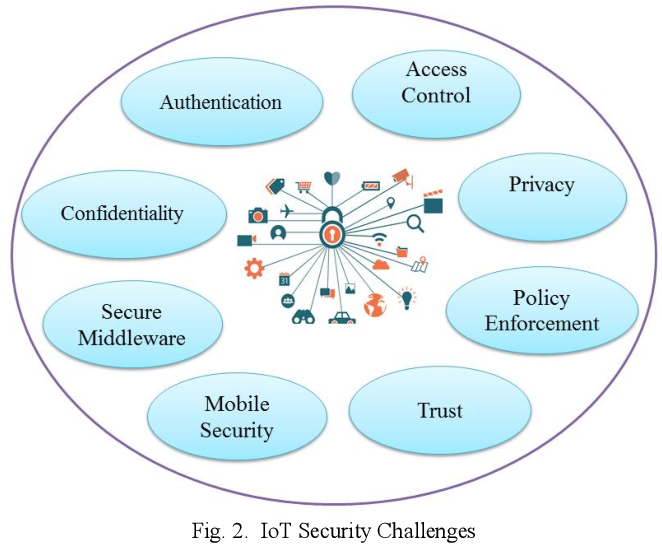In today’s hyper-connected world, the Internet of Things (IoT) has revolutionized the way we live and work. From smart homes to industrial automation, IoT devices have seamlessly integrated into various aspects of our daily lives. However, with the growing number of these interconnected devices comes a significant concern: security.
Introduction to IoT Devices
IoT devices are physical objects embedded with sensors, software, and connectivity capabilities that allow them to collect and exchange data over the internet. These devices can range from small home appliances to large-scale industrial equipment. The main purpose of IoT devices is to enhance efficiency, convenience, and automation in various industries.
The Vast Attack Surface
One of the biggest challenges with securing IoT devices is the sheer number and diversity of these connected objects. With millions of devices interconnected worldwide, each with its own set of vulnerabilities, the attack surface for cybercriminals is vast and constantly expanding. Moreover, unlike traditional computing devices, many IoT devices lack proper security measures, making them more susceptible to attacks.
Outdated Firmware and Lack of Updates
IoT devices often run on firmware, which is the embedded software that controls their operations. However, many manufacturers either release these devices with outdated firmware or fail to provide regular updates to fix security vulnerabilities. This puts IoT devices at a higher risk of being compromised by hackers who exploit these flaws to gain unauthorized access or control.
Weak Authentication and Password Protection
Security flaws often result from weak authentication mechanisms and insufficient password protection on IoT devices. Many manufacturers either use default passwords that are easily guessed or allow users to set weak passwords that are vulnerable to brute-force attacks. Hackers can exploit these weak points to gain unauthorized access to IoT devices and the data they collect.
Lack of Encryption and Data Privacy
While data collection is one of the main purposes of IoT devices, the lack of proper encryption and data privacy measures can lead to significant security risks. If data transmitted by IoT devices is not properly encrypted, it can be intercepted and manipulated by hackers. Additionally, the improper handling and storage of data collected by these devices can also lead to privacy breaches.
Interoperability and Compatibility Issues
IoT devices often need to communicate and share data with each other to perform their intended functions. However, ensuring the secure interoperability of these devices poses a considerable challenge. Incompatibility and lack of standardization in communication protocols and security measures among different IoT devices can create vulnerabilities that hackers can exploit to gain unauthorized access.
Botnets and DDoS Attacks
IoT devices have become prime targets for creating massive botnets that can be used to launch Distributed Denial of Service (DDoS) attacks. Hackers can compromise vulnerable IoT devices and enlist them as part of a botnet army without the knowledge of their owners. These botnets can then be used to flood targeted websites or networks with overwhelming traffic, leading to system failures and disruptions.
Conclusion
The proliferation of IoT devices brings immense possibilities for innovation and efficiency, but it also exposes us to significant security challenges. To mitigate the risks associated with IoT devices, manufacturers need to prioritize security by adhering to industry best practices, ensuring regular firmware updates, implementing strong authentication mechanisms, and encrypting sensitive data. Additionally, users should take steps to secure their IoT devices by changing default passwords, keeping firmware up to date, and investing in network security solutions.
Addressing the security challenges of IoT devices requires a collective effort from manufacturers, consumers, and cybersecurity experts. By staying vigilant and continuously enhancing security measures, we can ensure that the potential of IoT devices is fully realized while keeping our digital lives safe.
